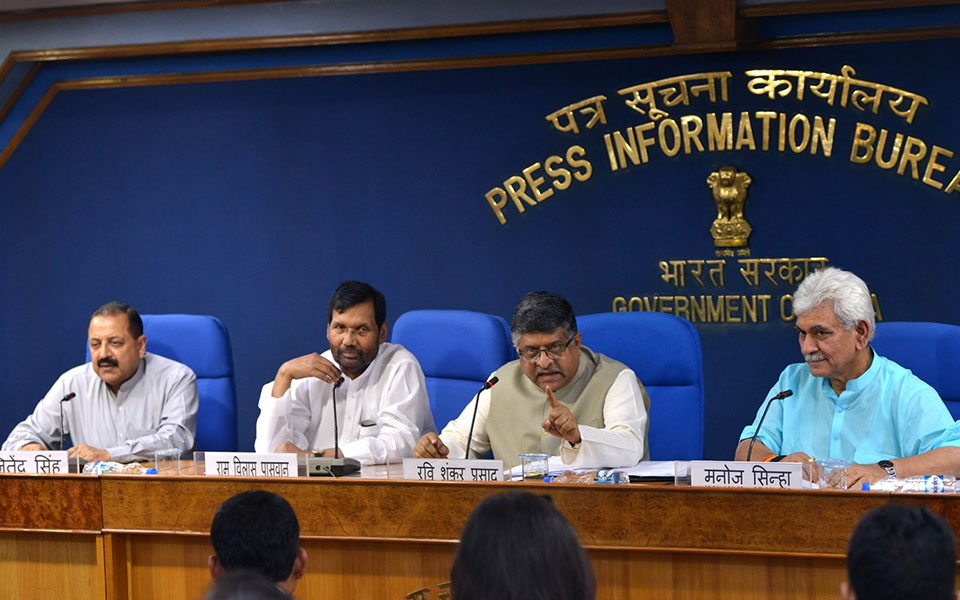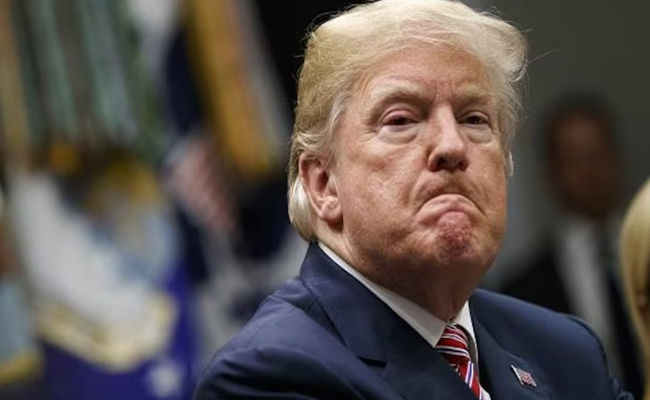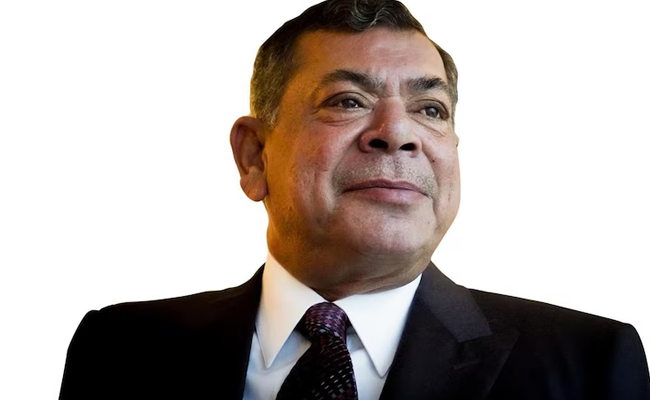New Delhi, June 6: The Union Cabinet headed by Prime Minister Narendra Modi on Wednesday approved the revision in wage structure and allowances of Gramin Dak Sevaks (GDS), effecting manifold hike in the remuneration of around 3.07 lakh Dak Sevaks.
The government has also introduced the risk and hardship allowance for the Dak Sevaks for the first time.
Briefing reporters after the meeting, Union Minister of State for Communications Manoj Sinha said the hike would improve the living standards of the Dak Sevaks who provided an important link in communication in rural areas.
The Dak Sevaks who were earlier getting Rs 2,295 per month would now get Rs 10,000 per month and those getting Rs 4,115 will now get Rs 14,500 per month, the minister said.
The Gramin Dak Sevaks work for part time ranging from three to five hours per day and supplement their income from other vocations. They remain in service up to the age of 65 years.
All the Dak Sevaks have been brought under two categories -- Branch Postmasters (BPMs) and Assistant Branch Postmaster (ABPMs).
Giving details he said that the present 11 Time Related Continuity Allowance (TRCA) slabs will be merged into only three TRCA slabs with two levels each for BPMs and ABPMs.
The Minimum TRCA for Level 1 BPM engaged for four hours will be Rs 12,000 while for Level 2 BPM engaged for five hours will be Rs 14,500.
Minimum TRCA for Level 1 ABPM or Dak Sevaks engaged for four hours will be Rs 10,000 while those engaged for five hours it will be Rs 12,000.
Sinha said that the Dearness Allowance will continue to be paid as a separate component, and also revised from time to time whenever it is revised for central government employees.
He said arrears for the period January 1, 2016 to the date of implementation will be paid by increasing the basic TRCA drawn during the period by a factor of 2.57. The arrears will be paid in one instalment.
"The Branch Post Offices are the fulcrum for provision of communications and financial services in the village and are located in remote areas. With the roll out of the India Post Payment Bank (IPPB), the CDS network is expected to play a key role in the process of financial inclusion of the rural population," Sinha said.
Let the Truth be known. If you read VB and like VB, please be a VB Supporter and Help us deliver the Truth to one and all.
Washington (PTI): US President-elect Donald Trump has said that he will impose a 25 per cent tariff on every product coming from Canada and Mexico as one of his first actions after assuming office on January 20.
In a post on his Truth Social platform on Monday, he said the tariff would remain in place till the time borders with Mexico and Canada are closed to prevent illegal immigration into the US.
"As everyone is aware, thousands of people are pouring through Mexico and Canada, bringing Crime and Drugs at levels never seen before. Right now, a Caravan coming from Mexico, composed of thousands of people, seems to be unstoppable in its quest to come through our currently Open Border,” Trump said.
"On January 20th, as one of my many first Executive Orders, I will sign all necessary documents to charge Mexico and Canada a 25% Tariff on ALL products coming into the United States, and its ridiculous Open Borders.
"This Tariff will remain in effect until such time as Drugs, in particular Fentanyl, and all Illegal Aliens stop this Invasion of our Country! Both Mexico and Canada have the absolute right and power to easily solve this long simmering problem," he said.
"We hereby demand that they use this power, and until such time that they do, it is time for them to pay a very big price," Trump said.





